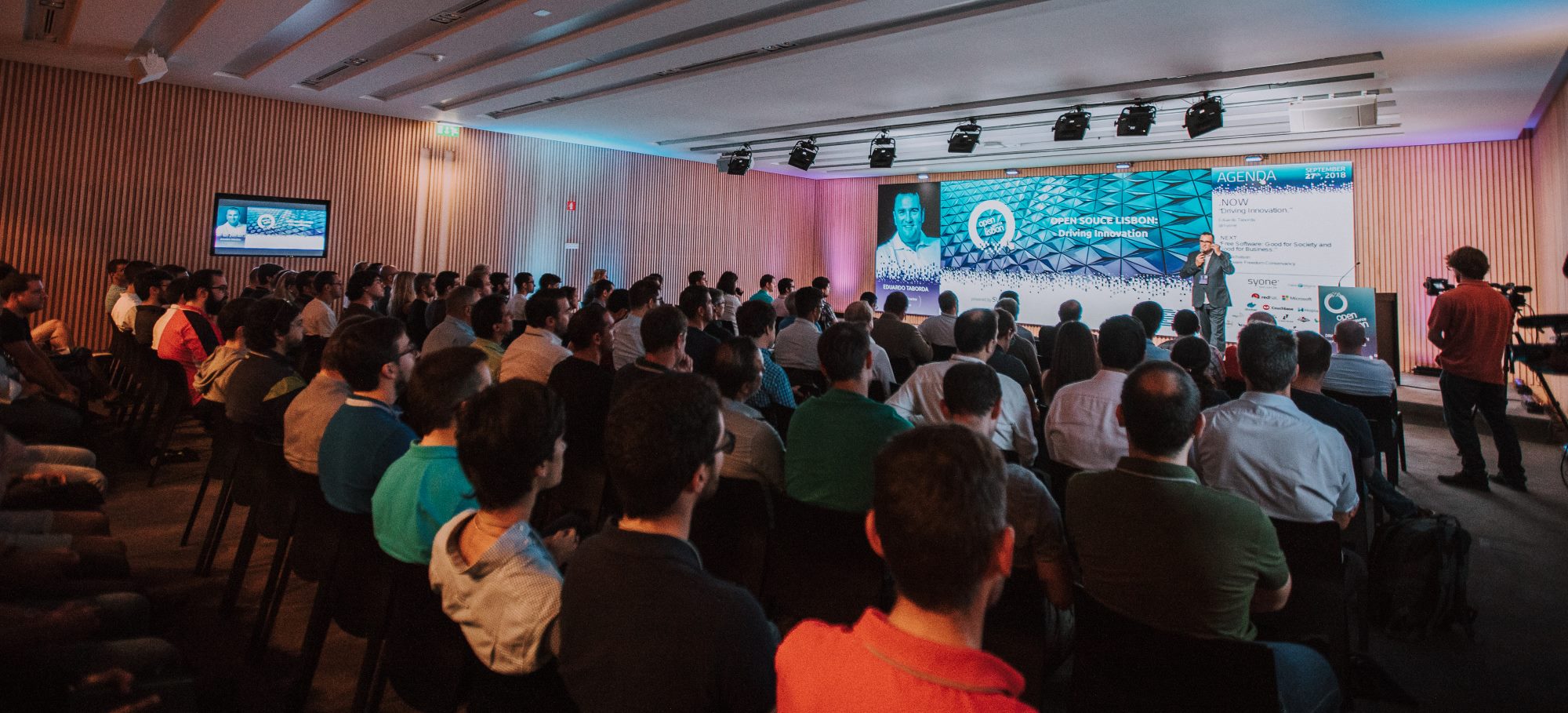Open source to most people might means free. A user sees a bug, they consult the community, a fix is offered, an update is made and the user keeps on using the software they downloaded for free in the first place. Yet Adobe brings in €6 billion a year and Canonical makes $100 million a year. Companies like Oracle have a firm commitment to open source projects and still have revenues exceeding $37 billion per year. So, if there is big money in open source software, where does it come from?
On a small scale, some people work on and implement projects in their free time. A lucky few might have their employer pay them to do this if the project has viable business merit. Indeed many famous projects came out this way. In a similarly non-profit driven way they can also have charities behind them (as with the Python Foundation), donations-led projects (through Patreon for example) or even corporate resource pooling (the Linux foundation being perhaps the most prominent example of this).
However when it comes to private sector applications, projects need to find ways to be self-sustaining and profit-generating in their own right. This is overwhelmingly where most of the money in open source lies, and there are a few commercial models to take advantage of this in the face of non-open source competitors. The principle services that provide revenue from open source solutions are – enterprise-level support, input into new features, tested and stable products, bespoke functionality, software integration with their hardware and platforms to create proprietary products. There are 3 basic business models which can serve some of these needs.
Licensing open source solutions
The simplest method is probably licensing. In exchange for a fee a client can get full access to the source code which in turn allows them to make all the modifications and adjustments they desire. It’s easy to do, and can be scalable with relicensing. Authorised vendors can also then get into the act by reselling these licenses to other people.
Offering enterprise features
Another avenue open to developers and vendors is through offering enterprise features. Here an extension to an already available open source project can be commercialised and made available to users of the original software for a fee. This “freemium” model is rapidly growing and is a way for developers to make money directly. Bitrix24 have adopted this model and the relative success of it is their way of competing against companies like Salesforce and Microsoft Dynamics. By offering a free service to non-enterprise customers and creating a community, they are able to iron out bugs and discover features which they can then wrap up and sell as ready to use extensions to larger organisations.
Host services
Hosted services are a great option for connecting SaaS to a paying customer. By bundling in the direct dependencies, product knowledge, implementation and assurances around performance with the hosting, this model allows for large sources of revenue. Amazon Web services acts as a great example of what can be achieved by hosting open source software. This works for anything that can be sold more or less as a ready to use service.
However, many companies require highly customised implementations. While hosted services are designed primarily to help companies with generic offerings, development and consulting business models leverage the fact that companies need expert help to implement bespoke solutions. When it comes to integrating new software with their available hardware and then customising according to their business requirements (in addition to reconciling issues with their legacy systems), this is the sanest way for a company to handle their project. This of course means that any company offering this service for open source products have great space to work in. A secondary revenue stream can also be made from the fact that any challenges learned from one unique client can be repackaged later into the overall offering and be provided as a new feature for other users to select.
Since most companies think of open source as “free”, the open source community has had to be more creative in monetising its opportunities. There are a few models that are easily adopted to help this and they all share the same basic things in common. Any company that separates their support for enterprise-level entities, offers input into new features, provides tested and stable products, allows for bespoke functionality, integrates their software directly into the client’s hardware and also enables the creation of proprietary products will be well placed for the future.
Contact us if you have any doubts.








